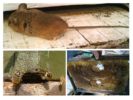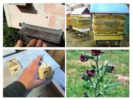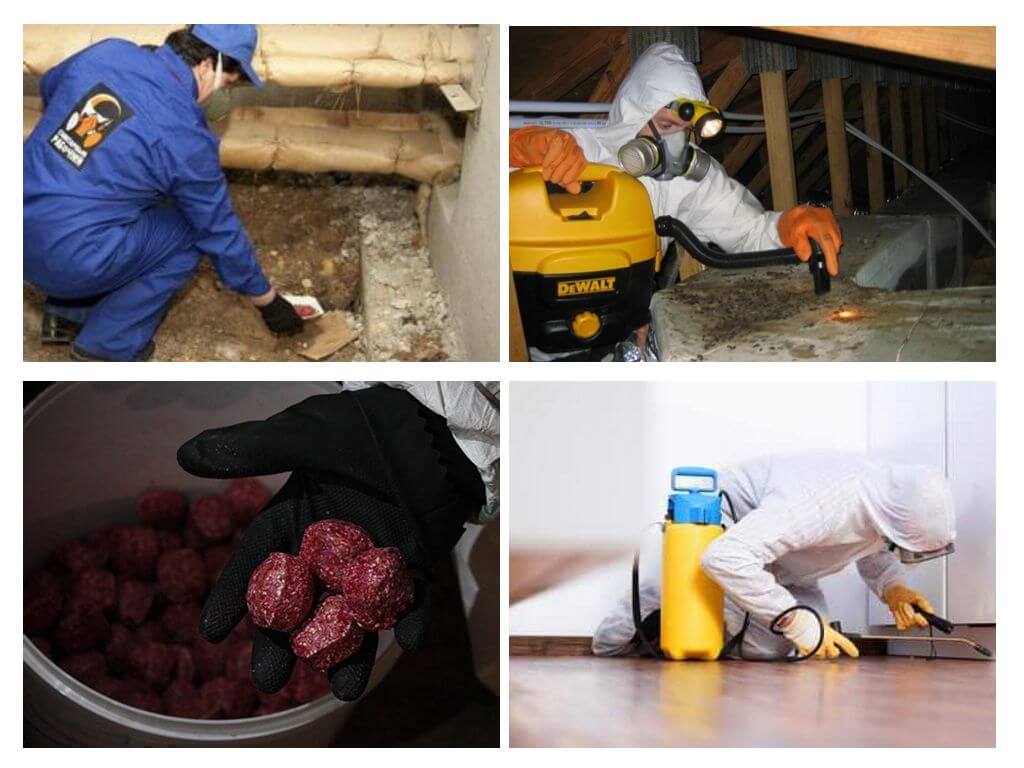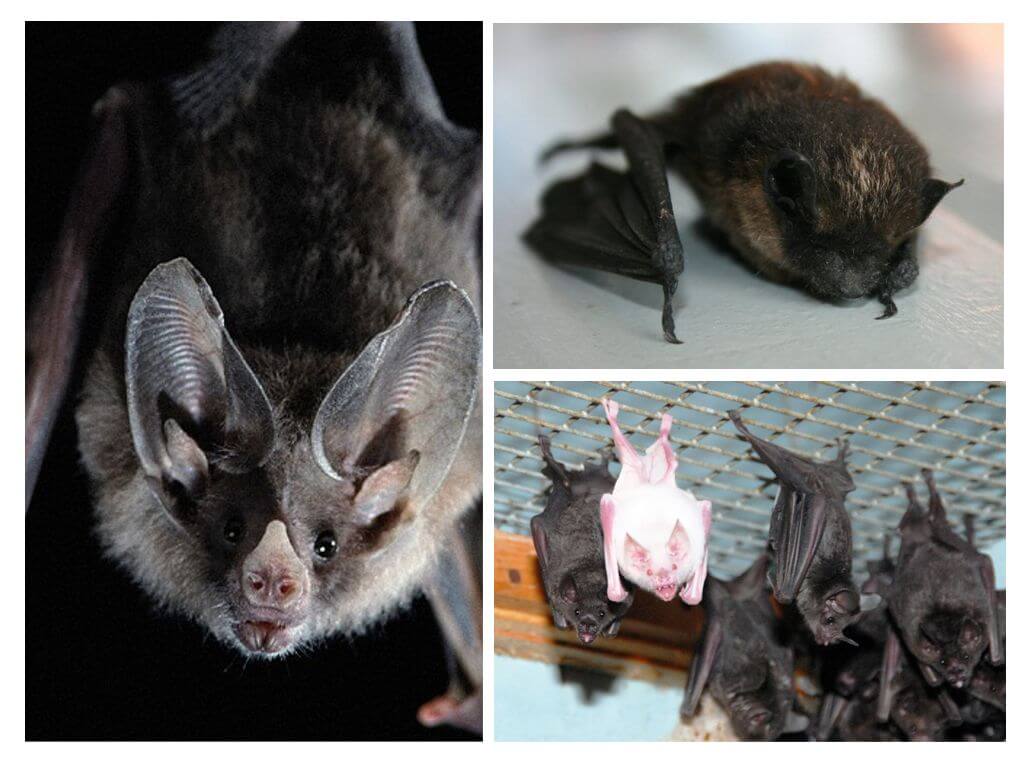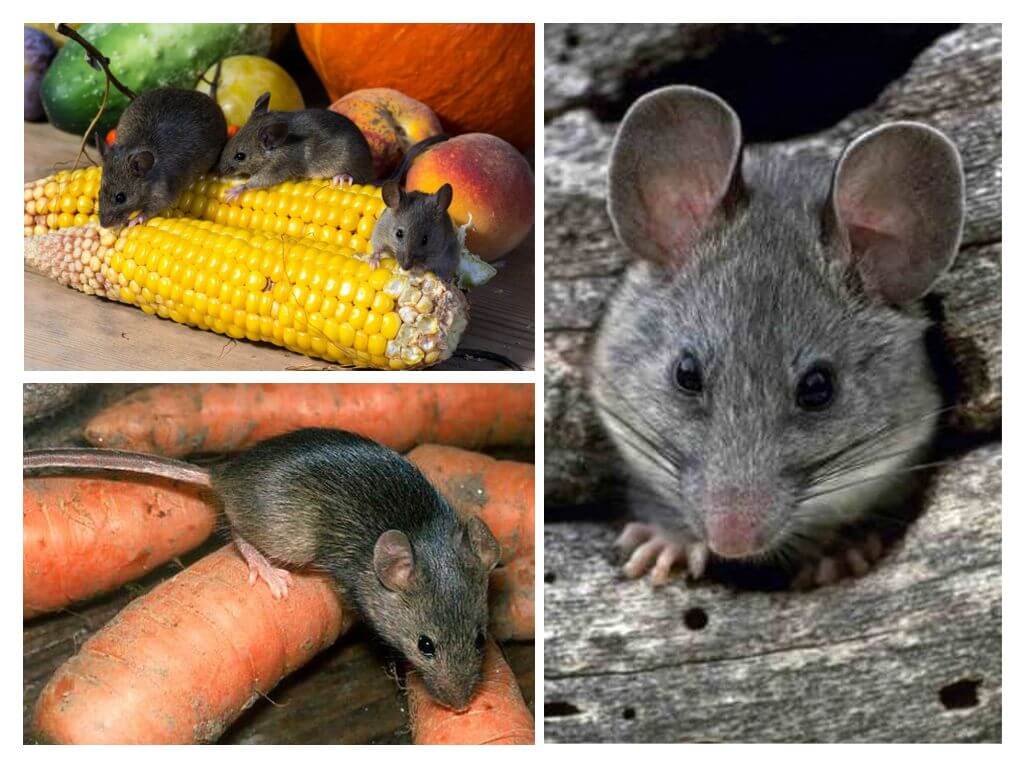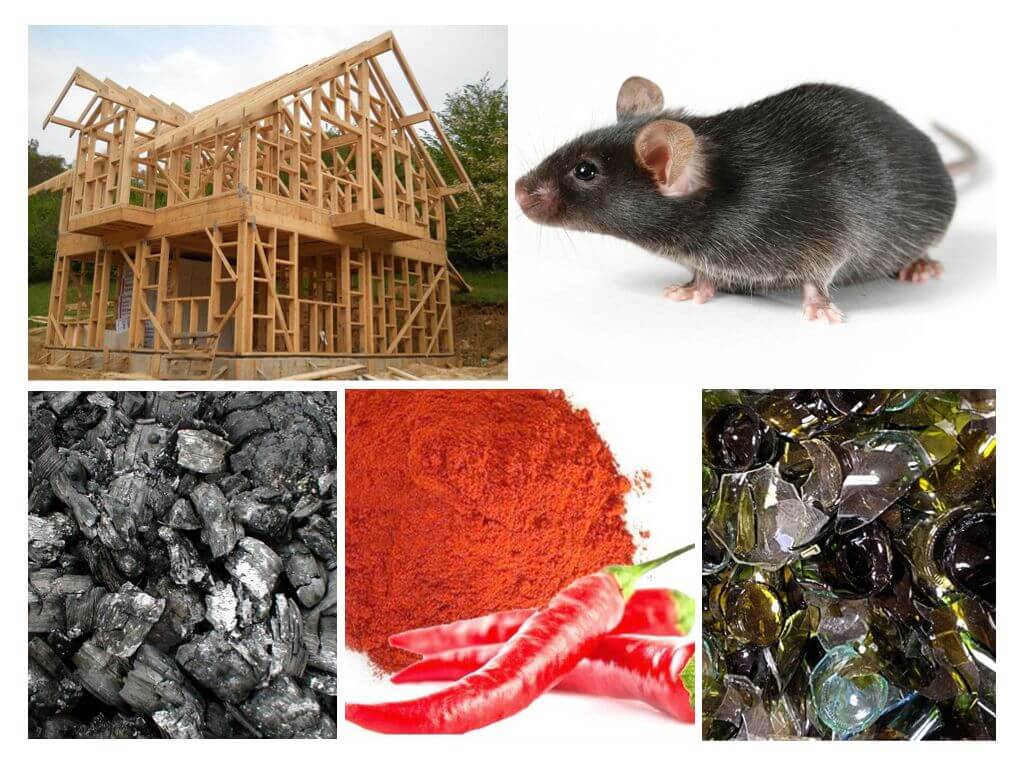- Hive mice
- Protecting the hive from mice
All rodents, including mice, pose some danger to bees and their housing. They are able to get into the hives at any time of the year, however, in the summer, the bees drive them out, but in the winter, when they sleep with their entire families, the mice are capable of causing considerable damage to the hives themselves and pose a threat to the life of the bees. There are many ways to deal with mice in an apiary to prevent the death of insects.
What harm can bees do to mice?
Penetrating hives in winter to winter with comfort, rodents can cause a lot of trouble:
- They eat feed stocks harvested by bees for the winter and early spring, sometimes they also eat the bees themselves.
- Mice gnaw holes in the combs, which subsequently already become unusable.
- The pests leave behind a mouse smell that the bees do not like, which is why they subsequently do not want to use the hives for honey and breeding uterus.
- Having settled comfortably in a warm hive, rodents make nests, bring their babies out, creating a constant noise, which is very worrying for bees. Insects begin to get nervous and have their stocks in large quantities, they break digestion, diarrhea, which is often the cause of their death.
Therefore, the main task of beekeepers is to prevent mice from entering the hive and protect the bees from the penetration of pests into their home.
Pest control in the apiary
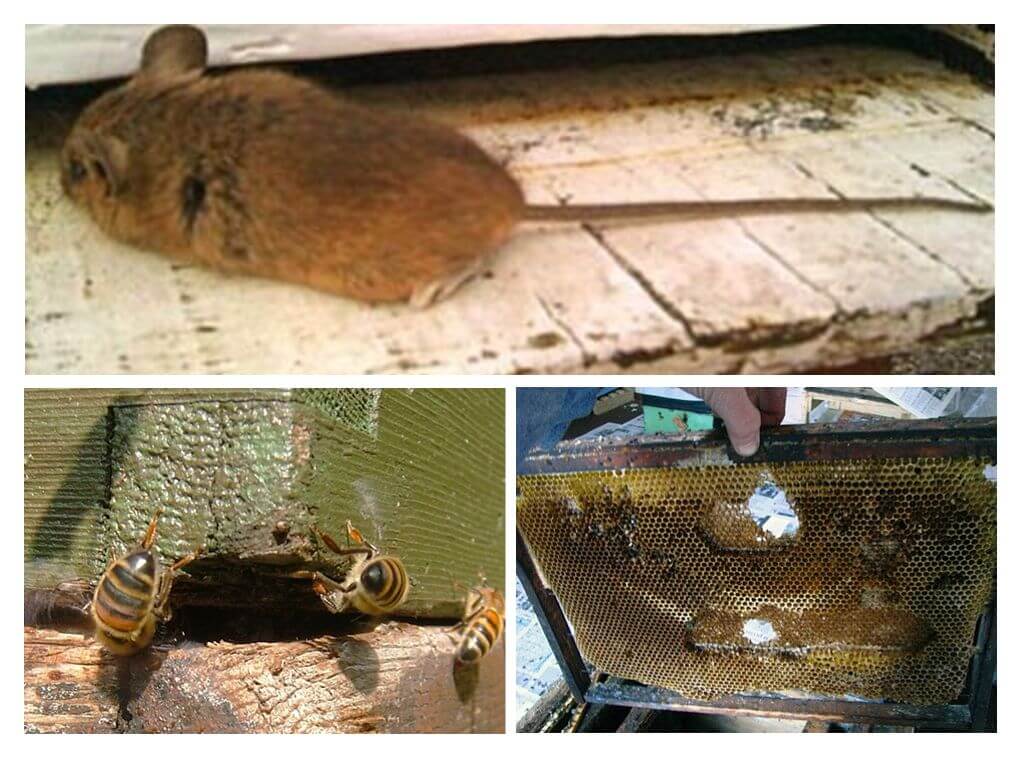
The struggle with mice in the apiary by many experienced beekeepers begins even before the onset of cold weather. To do this, several basic methods are used so that pests do not start in the house or help to remove the mouse from the hive, destroying it:
- protection of the hives themselves from the penetration of rodents;
- mechanical methods (mousetraps, traps, etc.);
- chemical agents.
Preparing hives for winter
Mice often climb into hives through cracks in the walls, on the bottom, on the roof. To protect the hives from mice, it is important to make houses for bees efficiently so that all the details are located close to each other. All sorts of ways and holes through which rodents can crawl should be carefully sealed. To protect against the penetration of mice into the hive, special gratings or metal nets are placed on them, the bottom of the hive and the bottom of the doors are covered with iron sheets up to 30-40 cm in height. It is better to put a metal fence or net on the fly, through whose cells only bees can climb.
It is recommended that the floor in concrete storage be made concrete, all houses should be repaired before the cold, and cells should be stored in rooms where mice cannot penetrate. All found holes must be repaired with a mixture of clay and broken glass.
Mechanical methods of struggle
If, nevertheless, the mouse climbed into the hive, then it should be brought out as soon as possible, until it scared the bees. The most reliable in this situation are mechanical methods, i.e. setting mousetrapstraps with baits. Ready-made mousetraps can be bought at the store, but traps can be made independently from improvised means.

Examples homemade trapsthat can be placed for mice in or near the hive:
- From a milk bottle with a wide enough throat where you need to pour a little vegetable oil, also coat its neck with oil and put it, leaning against the wall next to the hive. The mouse, lured by the smell of oil, will slip into a bottle from which it can no longer escape;
- An ancient trap, consisting of a barrel, on the bottom of which a brick is placed on a narrow edge. The barrel is filled with water to the edge of the brick, covered with cardboard with a slit from the top, with cardboard fragments tilted down, and here the bait is attached. By the board attached to the barrel, the mice climb up, trying to get the bait, fall through the hole into the water, and then get out onto the brick. Hearing the noise, the next mouse follows the same path. Rodents can be trapped in a lot.
Chemicals
Each beekeeper has his own answer to the question of what to do if mice are wound up in the hives in winter. Chemicals that help get rid of pests are considered the fastest.
- various poisons acting from eating a single dose (zinc phosphide, thallium sulfate, fluoroacetamide, etc.);
- poisons that gradually accumulate in the body of the pest (zoocoumarin, ratindan, fumarin, etc.).
Poisons are usually mixed in 3% concentration with baits, which can be used as dough, grains, lard, slices of sausage. The poisoned mixture is placed in places where rodents run or live. Only by destroying them can you save and protect the bees from mice.
The most popular poisonous mouse baitHaving eaten which rodents die:
- mix barium carbonate and finely chopped fat equally, spread the mixture on the floor in the storage tank;
- a mixture of quicklime and sugar is made in the ratio (1: 1.5), for the smell add 2-3 drops of anise oil;
- any grain is mixed with gypsum, and water is placed next to it: when the mouse eats grain and drinks water, the gypsum inside it will freeze in the intestine, which will cause its death.
Features of the manufacture of baits
There is only one way to get a mouse out of the hive in winter: put the bait, after which it will die. The process consists of several stages:
- first mix the poison and bait, and then add a little attractive product with a smell (vegetable or anise oil, sugar);
- in the manufacture of grain bait, start by mixing the grain and vegetable oil or starch paste, and mix so that the grain is covered with a thin oil layer, then add poison for mice.
Plants to protect apiaries from mice
There are several species of plants whose odor is not tolerated by rodents, therefore such grass from mice successfully used to bring out and scare away rodents and protect, thus, the hive:
- Black root medicinal, grown in the summer, and then in the fall its roots and stems are collected to be put in the winter house, it is good for repelling the unpleasant smell of rodents.
- Around the hives and inside the vaults, peel and leaves from walnuts are laid out, driving away rodents;
- Mice do not like the aromas of red elderberry, mint, coriander, pharmacy chamomile, fir needles - having sniffed their smell, they will never climb into the hive.
Using chemical and folk remedies struggle and prevention of the settlement of mice in the hives, each owner will be able to successfully protect his apiary and bees from the invasion of these pests.
